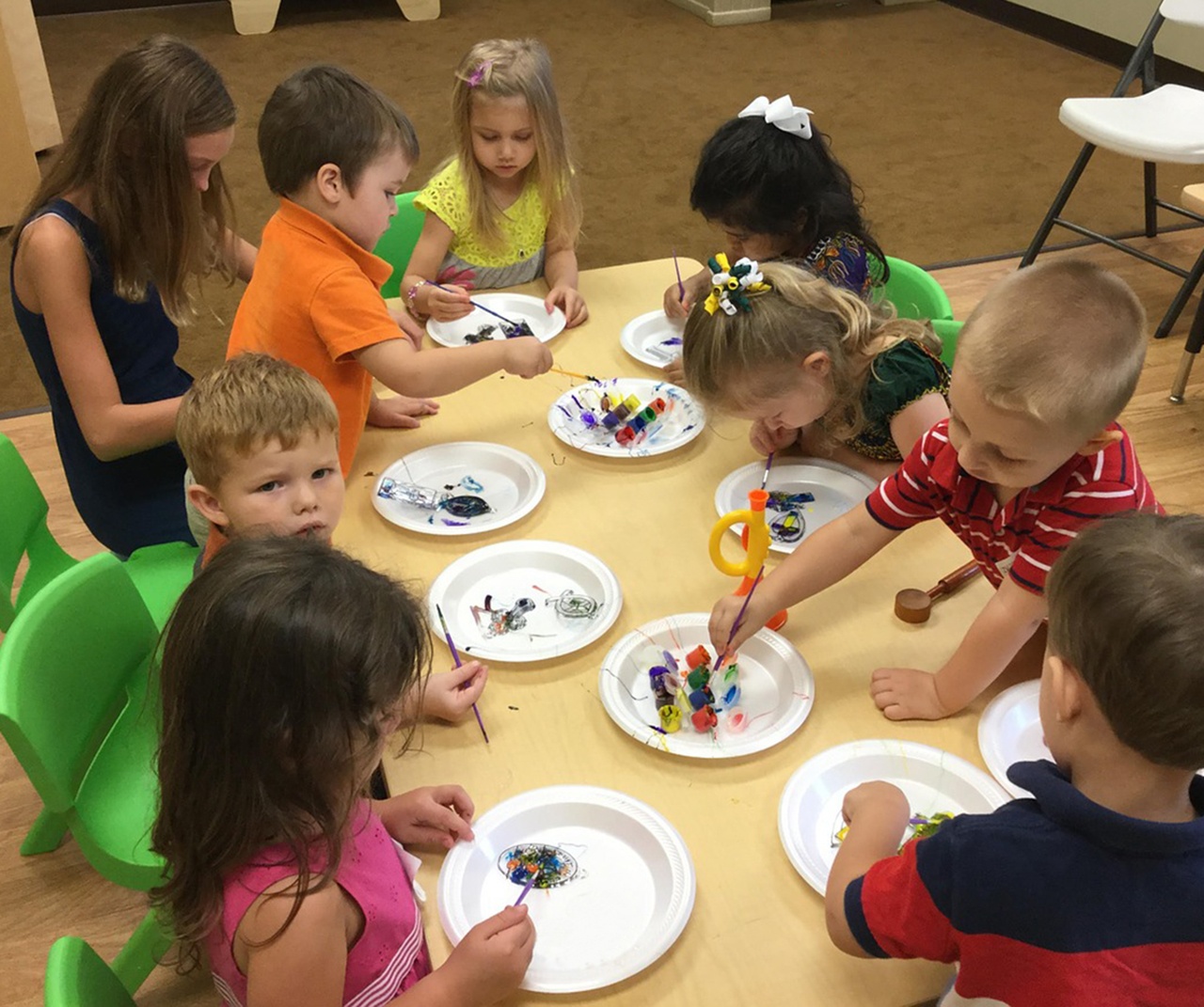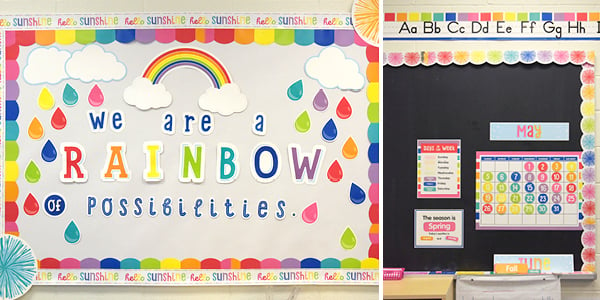Have you ever pictured the worst field trip possible? Lost students, missing the bus, showing up on the wrong day, a snake bite, bee sting allergies, or a mother black bear in the middle of the pumpkin patch with your class of first grades. No matter how experienced the teacher, field trip mishaps can happen, but they can also be avoided.
So, do not be frightened away! One of the best extensions to classroom learning is the experience of a well planned and exciting field trip. A well planned field trip can be used to introduce students to a new topic of study, reinforce new concepts learned in the classroom, or celebrate their learning success at the end of a unit.
Here are five easy steps to turning your field trip into a memory for your students to treasure, a pleasant experience, and an overall success!
Step One: Plan Ahead & Find a Partner
Being the great teacher that you are, you would have planned a year overview of the topics, themes or units you need to cover for the entire school year. If you are not a new teacher, you may have done this last June so that you could start booking field trips right away for the next school year, as some venues require such advance bookings due to popularity.
Booking right away in September is also great because it will allow you to plan for joint trips with other teachers. Joint field trips will help lower the costs as fees for hiring a school bus can now be shared, etc. Having another teacher on the field trip will also provide the teachers with support when needed, and there is nothing wrong with that.
Step Two: Do the Research & Share The Knowledge
A good teacher is a resourceful teacher. When you know what your themes or units are for the year, do a search for relevant and connected events, exhibits, in-classroom workshops, and local venues that may be able to provide a creative and positive learning experience for your students. Also remember to tap into the resources of the parents in your classroom. During the September parent-teacher meetings I write down what expertise the parents have and how I can incorporate them into the classroom throughout the year. Remember to share the wealth with your colleagues as they will appreciate the work you have done for them.
It is not always possible to pre-visit the field trip location, but if you can it will enable you to pre-locate bathrooms, lunch rooms, workshops, meeting spots, first aid, what parking will be like, etc. Plus, you can then bring back some pamphlets, maps and information for the students and your chaperones. During your pre-visit, you can also create some question and answer worksheets or “stop and sketch” type stations. When you are unable to go there yourself, visit the websites and plan accordingly.
Use the information to inform and prepare both the students and their parents about where they are going and what they are going to see, and how it relates to your topic of study. Have your students do a pre-field trip assignment such as drawing a map of where they will be going and have them fill in blanks during the field trip of landmarks you wish for them to see. Such an activity will keep the students engaged and have added purpose during the field trip.
Step Three: Prepare for the Day & Chaperones
Your field trip notice should indicate how many chaperones you will need as well as appropriate attire for the field trip, rain or shine. Choose parent helpers wisely. Helpful, friendly but firm parents work best as extra eyes and ears when you cannot be everywhere at one time on a field trip. So, start observing your possible parent helpers from the start of the school year.
Create a little Ziplock bag for each chaperone filled with: band-aids, a recipe card with your cell number, the school's number, the day's itinerary, special rules, and the names of all kids in each chaperone's group. It is good for each chaperone to have the full list of which students are assigned to each chaperone, so that lost or wandering children may be connected back to the right leader. Make sure to have students that require extra attention in your own group or assigned to a very trusted chaperone. Students who are challenging or require medication should stay in your group. Do remember to bring all necessary medications (ex. Epipens, inhalers for asthma).
Provide your chaperones with the time to meet, and make that time earlier than needed. This gives time for using the washroom before leaving for the field trip and for late participants to get ready. You should make sure to do your best to have your class arrive early to the destination of your field trip. Factor in time for traffic as well.
Step Four: Review Expectations with Students
Before the trip and more than once, it is very important to review with your students your expectations for their behaviour. Remind them about manners, respect, and appreciation for the parent chaperones as well as the venue and any presenters. Discuss consequences such as not participating in future field trips or being sent straight back to school. Remind them that they are representing their school. It's important to tell them they should be proud of who they are and by demonstrating their best behaviour they are demonstrating respect for themselves.
Aside from poor safety, the worst thing that could happen is losing a student on a field trip. There is nothing wrong with keeping check and counting heads often. Count the heads when you pack the bus to leave. Have parent chaperones help too. Provide each chaperone with their list of names to keep tabs on so that they are accountable for their smaller groups. Count again in the middle of the day, whether it is during a group workshop or lunch time on the field trip. Then, do another final count when you are lined up to head back to school. Have chaperones help with this as well, as they should be aware if anyone is missing from their own smaller groups. No harm in counting as they board the bus! "No one gets left behind" is a great motto.
Step Five: A Plan of Attack Back In the Classroom
Have a plan for when you get back. Believe me, students and parents will notice whether there is a plan of action or not. Think about whether it will be a staggered return of students who are coming back in different cars by parent drivers or if you are all coming back at the same time in a school bus. This “plan” is best executed if you state it to the students and parent drivers before you leave for the trip, so they will know what is expected of them when they get back. This will help avoid any disruptions to other classes at school or confusion at the end of the day. Remind students to thank their chaperones and to enter the school quietly and go directly to the class.
No matter what, make sure that there will be an adult - yourself, a parent or another teacher - who will be in your classroom to greet the children/students and supervise them when they return. Have quiet music play in the background to set the volume tone in the classroom. Before leaving for the field trip have a task on the board for the students to begin when they enter the room. You will have gone over this with the students before the trip. The activity could be having students draw their favourite experience from their field trip. You can then use these pictures to make a quick mural or go straight into putting them together to make several “Thank You Books” that your class will sign with appreciation, then give to the hosts of the field trip location or parent chaperones. Teaching your students to do this will help them to learn expressing appreciation and will develop a great reputation for your class as well.
BLOG FAQ
Field Trip Planning and Execution
-
How far in advance should I plan a field trip? Ideally, plan your field trips well in advance, possibly even during the previous school year. This allows you to secure bookings at popular venues and coordinate joint trips with other teachers to lower costs. Booking early also gives you time to plan logistics and engage parent volunteers.
-
What should I consider when researching field trip destinations? Research events, exhibits, workshops, and local venues relevant to your curriculum themes. Utilize resources like parent expertise and online information to inform both students and parents about the trip's purpose and what they can expect. Pre-visits or virtual tours can help you familiarize yourself with the location and plan engaging activities.
-
How can I prepare chaperones for the field trip? Select parent helpers wisely and provide them with clear instructions and resources. Create a small kit for each chaperone containing essential items like first aid supplies, emergency contact information, and the day's itinerary. Ensure chaperones understand their responsibilities and are briefed on student assignments and special needs.
-
What are some important safety measures to implement during the field trip? Review behavior expectations with students, emphasizing respect and accountability. Implement a system for counting and monitoring students throughout the trip, including regular head counts and check-ins. Establish a clear plan for handling emergencies or missing students, and communicate this plan to both students and chaperones.
-
How should I manage the return to the classroom after the field trip? Have a plan in place for the return to school, whether it involves staggered returns or a collective arrival. Communicate this plan to students and parents beforehand to minimize disruptions. Ensure there is adult supervision in the classroom upon return, and engage students in a quiet activity to transition back smoothly. Encourage students to express appreciation for the trip through activities like creating thank-you notes or drawings.
Most of all, remember to have fun!






.png)
